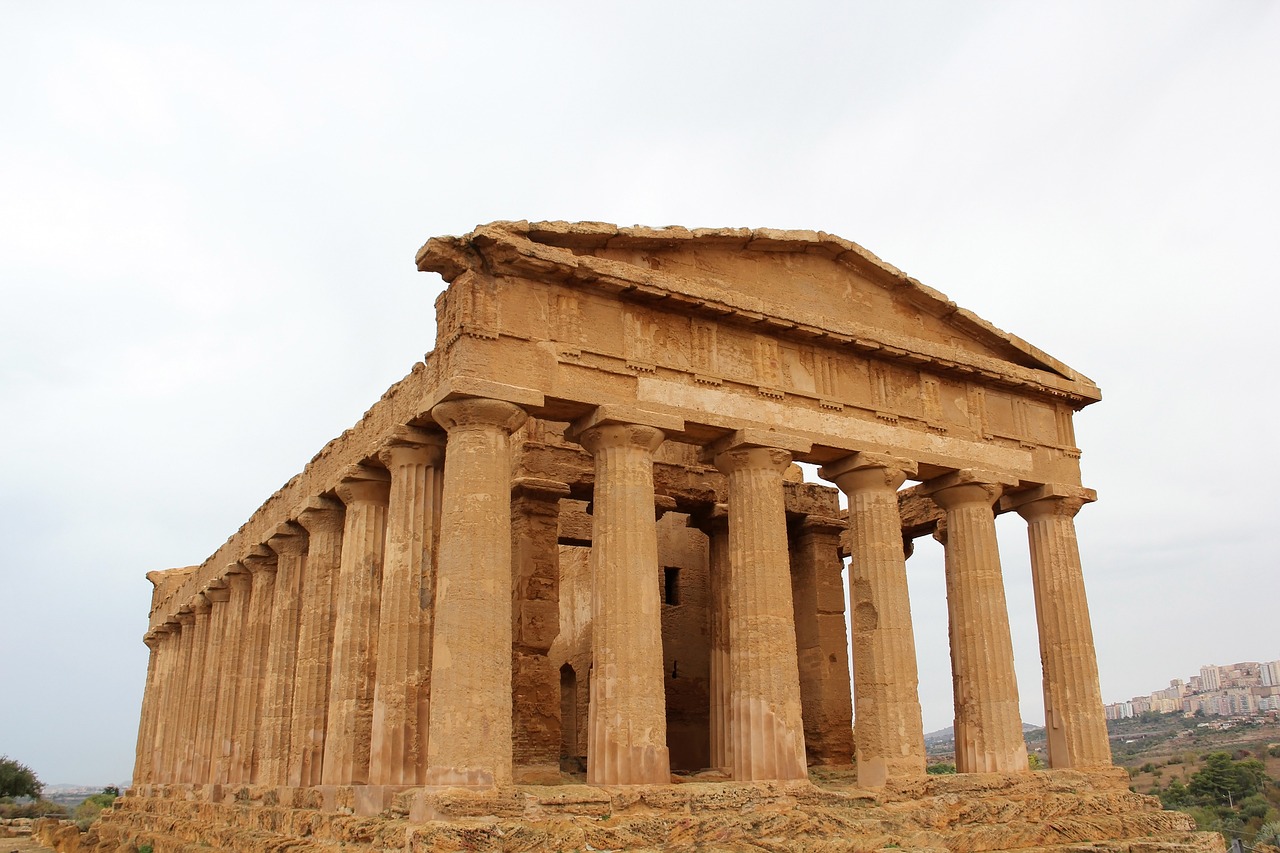Heracles, a celebrated figure from Greco-Roman mythology, is best known as the son of Zeus and Alcmene, who was a descendant of Perseus. Zeus had vowed that the next child born from the Perseid lineage would rule Greece. However, due to the jealous machinations of Hera, another child named Eurystheus was born first, seizing the throne. As Heracles matured, he found himself serving Eurystheus while facing relentless hostility from Hera. His first display of incredible strength occurred when he strangled two serpents sent by Hera to eliminate him in his infancy.
Heracles soon achieved victory over the kingdom of Orchomenus in Boeotia and wed Megara, the daughter of Creon, the king of Thebes. Tragically, a fit of madness, instigated by Hera, led to the unwarranted murder of both Megara and their children, forcing him into servitude under Eurystheus. Eurystheus then imposed upon Heracles the infamous Labors, usually numbered at twelve in sequence: (1) the slaying of the Nemean lion, whose skin he wore thereafter; (2) the destruction of the nine-headed Hydra of Lerna; (3) the capture of the elusive hind from Arcadia; (4) the apprehension of the wild boar from Mount Erymanthus; (5) the cleaning of King Augeas of Elis’s cattle stables within a single day; (6) the shooting of the deadly birds from Stymphalian marshes; (7) the capture of the ferocious bull from Crete; (8) the return of the man-eating mares from King Diomedes of the Bistones; (9) the acquisition of Hippolyte’s girdle, queen of the Amazons; (10) the seizure of the cattle belonging to the three-bodied giant Geryon from the island of Erytheia; (11) the retrieval of the golden apples from the Hesperides, located at the world’s end; and (12) the fetching of Cerberus, the triple-headed guard dog of the underworld.
Completing the Labors was just the beginning of Heracles’ adventures. He also engaged in various military campaigns and fought the river god Achelous for the affection of Deianeira. During their journey home, the Centaur Nessus attempted to assault Deianeira, an act that prompted Heracles to shoot him with a poisoned arrow. In his dying moments, the Centaur instructed Deianeira to save his blood, claiming that using it as a fabric rub would secure Heracles’ everlasting love.
Years later, Heracles became enamored with Iole, the daughter of Eurytus, king of Oechalia. Threatened by this new infatuation, Deianeira sent Heracles the poisoned garment, which ultimately led to his demise. His mortal body was placed upon a pyre on Mount Oeta, where it was consumed, allowing his divine essence to elevate to the heavens. In this divine realm, Heracles was reconciled with Hera and married Hebe.
In artistic portrayals and literary works, Heracles is depicted as a remarkably strong figure of modest stature, known for his hearty appetite, generous spirit, and sometimes fierce temper. He is often armed with a bow, though he commonly wields a club as well. In Italy, Heracles was revered as a deity associated with merchants and traders, while others sought his blessings for luck or protection from peril.



